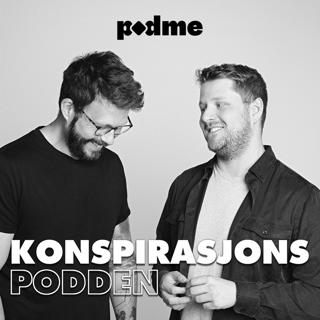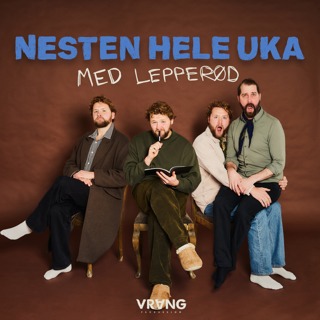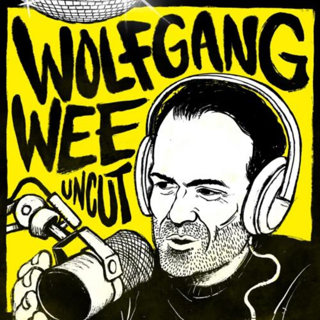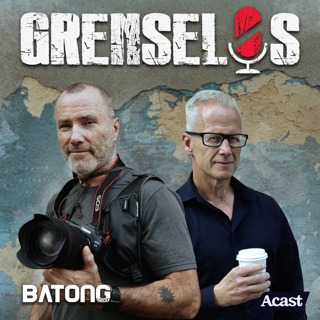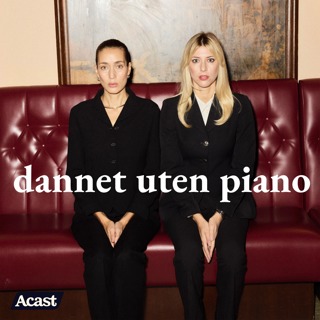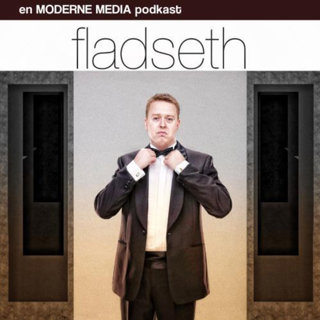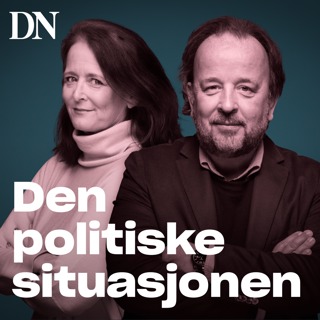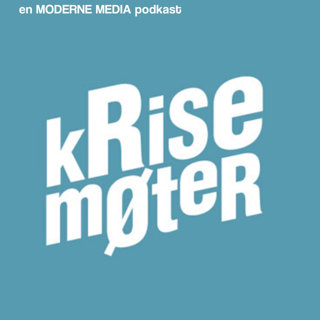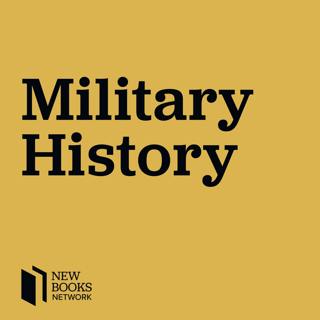
Richard Bessel, “Germany 1945: From War to Peace” (Harper, 2009)
One chilling statistic relating to 1945 is that more German soldiers died in that January than in any other month of the war: 450,000. It was not just the military that suffered: refugees poured west to escape the brutality of the Red Army’s advance through the historic German lands of East Prussia, Pomerania and Silesia; and civilians in the cities bore the brunt of the Luftwaffe’s failure to stem the allied bombing campaign of the RAF at night time and the USAAF during the day. The staggering scale of losses during those last months of war also hints at why 1945 is such a grimly fascinating one from a historical perspective: Nazi Germany faced an inevitable end, yet continued to fight grimly until the bitter end, achieving a total defeat that was unprecedented in modern history. In doing so it created a ‘zero hour’ for the German people, who then set about rebuilding their lives, economic activity and ultimately Germany itself, with the Nazi era firmly in the past. The legacy of the Nazis, of course, was all around – not just in the sheer scale of destruction and suffering, but also in the survivors of Nazi camps, both Jewish and otherwise, and the foreign labourers, all of whom found themselves freed in a defeated nation. The country was divided into zones of occupation, each with their own character, their own challenges and their own solutions. In the midst of this a new Germany was born -or more accurately, two new Germanys). Much of the eventual political, economic and social achievements of West Germany were founded on the peculiarities of 1945, in particular the totality of the Nazi defeat and the yearning for stability after chaos and destruction. There was also – and this sounds peculiar to us looking back at the crimes of the Nazis – a distinct sense of victimhood. Richard Bessel‘s Germany 1945: From War to Peace (Harper, 2009) is an excellent guide to that tumultuous and difficult year, from the military reverses of the early months to the immense challenges that rose in the wake of defeat. It was a book that I came across almost by chance, in a shop in Doha airport that frustratingly failed to provide me with a copy of The Economist to read on a flight back to London. I was already fifty pages in by the time we lifted off, and – once home – I got in touch with the author, hoping for an interview. I hope you enjoy listening to the results! Learn more about your ad choices. Visit megaphone.fm/adchoices Support our show by becoming a premium member! https://newbooksnetwork.supportingcast.fm/military-history
2 Jul 201255min

Gregory A. Daddis, “No Sure Victory: Measuring U.S. Army Effectiveness and Progress in the Vietnam War” (Oxford UP, 2011)
Ask any student or aficionado of the Vietnam War (1965-1972) for a top ten list of artifacts “unique” to the war, and chances are the phenomenon of “body counts” as a tool for measuring success in the field will come up. Indeed, the use of casualty metrics, while not the sole means of calculating progress in this unconventional war, was one of the Army’s most heralded – and subsequently, most criticized – assessment tools. Taking its place alongside more esoteric metrics, such as gauging security on the basis of population resettlement, calculating the denial of strategic space by measuring raw acreage of defoliated land, and estimating anticipated casualties on the basis of ordnance tonnage expended on a defined area, body counts became the most visibly broken method employed by the Pentagon during the war. Even now, nearly fifty years after the war began, historians continue to debate the effectiveness of such metrics, and how they did or did not accurately portray the course of the conflict. Gregory A. Daddis’ new book, No Sure Victory: Measuring U.S. Army Effectiveness and Progress in the Vietnam War (Oxford University Press, 2011), takes direct aim at the questions of how a technologically-advanced army measures its progress and success in an asymmetrical conflict. Recognizing that data collection efforts frequently overwhelmed any effort at proper and judicial analysis, Daddis considers how the quest for reliable metrics of success affected the conduct of operations in the field. No Sure Victory is a critical addition to the historiography of the Vietnam War, and presents a valuable addendum for students and practitioners of unconventional war alike. Learn more about your ad choices. Visit megaphone.fm/adchoices Support our show by becoming a premium member! https://newbooksnetwork.supportingcast.fm/military-history
17 Jun 201254min

Raymond Jonas, “The Battle of Adwa: African Victory in the Age of Empire” (Harvard UP, 2011)
Raymond Jonas‘ The Battle of Adwa: African Victory in the Age of Empire (Harvard UP, 2011) places Menelik alongside Napoleon and other greatest strategists. The Ethiopian emperor carried out a brilliant maneuver across hundreds of miles, essentially defeating his Italian adversaries without battle. That battle came was the colossal blunder of the Italians and one that cost thousands of Italian and Askari soldiers their lives. More than just the history of the campaign, The Battle of Adwa provides keen insights into Menelik’s court and elucidates Italian imperial ambitions. Learn more about your ad choices. Visit megaphone.fm/adchoices Support our show by becoming a premium member! https://newbooksnetwork.supportingcast.fm/military-history
1 Mai 201236min

Anna Krylova, “Soviet Women in Combat: A History of Violence on the Eastern Front” (Cambridge UP, 2010)
We’re all familiar with the film cliche of the little band of soldiers who in ordinary life never would have had met, but who learn to appreciate each other in the battles of World War II. All white, of course: African Americans would have to wait till the integration of the armed forces. But still, there’s a kind of earnest 1940s diversity in those movies: maybe a wide-eyed kid from the farm, a privileged college boy, and a Jewish guy from Brooklyn. With some subplot about a faithful girlfriend, or maybe an unfaithful one, back home. In the Red Army, the situation was a little different. There, the women were snipers, tank drivers, combat pilots, machine gunners, and the like: skilled purveyors of lethal violence, serving side by side with men (and sometimes above them, as their commanding officers). This was the first Soviet generation, educated in co-educational schools where everyone participated in paramilitary exercises and no one took home economics. When the long-awaited war with Germany came, women of this cohort took for granted that they would take up arms. Anna Krylova‘s book, Soviet Women in Combat: A History of Violence on the Eastern Front (Cambridge University Press, 2010), tells their story. Drawing on diaries, memoirs, letters, oral histories, and state records, Krylova reveals a world in which neither men nor women considered the “woman soldier” to be an oxymoron. And she reveals how this history was thoroughly marginalized after the war. Anna Krylova is associate professor of history at Duke University, and her book is the 2011 winner of the Herbert Baxter Adams Prize of the American Historical Association. It’s a great read for anyone interested in the Second World War – and it’s a thoughtful lesson in the possibilities for reimagining gender. Learn more about your ad choices. Visit megaphone.fm/adchoices Support our show by becoming a premium member! https://newbooksnetwork.supportingcast.fm/military-history
27 Apr 20121h 24min

Karen Petrone, “The Great War in Russian Memory” (Indiana UP, 2012)
Historical studies on the European memory of World War I are, to put it mildly, voluminous. There are too many monographs to count on a myriad of subjects addressing the acts of remembrance and commemoration of the so-called war to end all wars. But when it comes to Russia, from which 15 million men fought, 2 million died, 5 million were captured and an estimated 1.5 million civilians perished, there is a strange historiographical silence. In fact historians of Russia speak more often of an absence of memory because the Bolshevik revolution labeled WWI as an “imperialist war,” and thus rendering its remembrance illegitimate. It is because of this silence that Karen Petrone‘s The Great War in Russian Memory (Indiana University Press, 2012) is such an illuminating and refreshing book. Petrone shows that much like their European counterparts Russians produced a rich memory of the war, even within the strictures of the Soviet system. And the issues that memory addressed were many we assume were forbidden in Soviet Russia: the sacred and the religious, Russian nationalism and patriotism, and the war’s physical and psychological traumas, to name a few. In Petrone’s study, Russia is rightly restored as part a pan-European reckoning with the Great War, the remembrance and commemoration of which was far reaching and impossible to tame despite the Bolsheviks’ best attempts. Learn more about your ad choices. Visit megaphone.fm/adchoices Support our show by becoming a premium member! https://newbooksnetwork.supportingcast.fm/military-history
20 Apr 201255min

David Edgerton, “Britain’s War Machine: Weapons, Resources and Experts in the Second World War” (Oxford UP, 2011)
My grandfather joined up when the Second World War broke out, but he was soon returned to civvy street as he was much more valuable employing his mechanic’s skills to fight the Nazis from a factory in Newcastle. He ended up making the parts of the spot lights that were used to guide anti-aircraft batteries (and my grandmother made parachutes, just over the River Tyne in Gateshead). Although this was not half as exciting to find out about as a young boy as discovering that he was in fact a Commando or part of the Long Range Desert Group, what my grandfather was part of was vital to the defeat of Nazism. In his excellent book, Britain’s War Machine: Weapons, Resources and Experts in the Second World War (Oxford University Press, 2011), David Edgerton is all about this crucial non-military part of Britain’s war with Germany, and it sets about challenges perceptions almost from the front page. His argument is that Britain was actually far more able and well resourced than commonly thought. It entered the war as the richest per-capita nation in the world, a ‘world island’ interconnected with markets across the globe. It had industry and it had a formidable military. Even after France fell, Britain still had its empire to fall back on, and that is before the economic (and then military) assistance of the USA is taken into account. It had the luxury of fighting a war that it was comfortable with, through Bomber Command and in North Africa and the Mediterranean: not for Britain the mass bloodshed that characterized the Eastern Front. Even by the end of the war, an exhausted Britain was still in enviable shape, although – especially in comparison to the USA – it did not seem to be. The book is full of fascinating information, facts and arguments. I did not realize that (again, contrary to accepted opinion) British tanks were actually extremely highly rated, or that British units were extremely well equipped with armour. The bombing campaign was extremely well suited to statistical analysis. In 1939 the Admiralty was sent around a thousand letters a day from garden-shed inventors, each promising that his amateur tinkering had produced an invention that might win the war against the Germans. I also appreciated that this book explained to me exactly how my grandfather (and grandmother) had done so much to win the war, without having to fire a shot. It was not risk free: I remember my grandfather telling me how a bomb had scored a direct hit on the factory’s toilet, just after one of his colleagues had disappeared inside with his morning newspaper. But it was also vital, and I thoroughly recommend the book, especially to those who want to know a little bit more about how war was fought, beyond the simple matter of bullets and blood. Learn more about your ad choices. Visit megaphone.fm/adchoices Support our show by becoming a premium member! https://newbooksnetwork.supportingcast.fm/military-history
22 Mar 201243min

Jorg Muth, “Command Culture: Officer Education in the U.S. Army and the German Armed Forces, 1901-1940” (UNT Press, 2011)
This week we’re continuing our focus on the Second World War, as our guest author, Jorg Muth, chats about his recent book Command Culture: Officer Education in the U.S. Army and the German Armed Forces, 1901-1940, and the Consequences for World War II (University of North Texas Press, 2011). Muth’s book, which has recently been selected for the U.S. Army Chief of Staff’s Professional Reading List, is a provocative analytical comparison of the respective cultures of officership in the US Army and the German armed forces in the first half of the twentieth century. In setting up his comparison, Muth pulls few punches in his critique of the flaws resident in both institutions. Yet while the American army managed to overcome these flaws, Muth notes that the Wehrmacht ultimately fell victim to its own hubris and ossified culture inherent in its origins. He continues to offer valuable insights as to how these institutional problems and successes continue to shape the culture of officership in the US Army today. I especially recommend reading Muth’s book in tandem with one of our earlier choices, Michael Matheny’s Carrying the War to the Enemy: American Operational Art to 1945; taken together, the two books present an interesting debate on the subject of American military culture in the Second World War. Learn more about your ad choices. Visit megaphone.fm/adchoices Support our show by becoming a premium member! https://newbooksnetwork.supportingcast.fm/military-history
12 Mar 20121h 18min

Marcus Franke, “War and Nationalism in South Asia: The Indian State and the Nagas” (Routledge, 2011)
North East India is, as Marcus Franke’s War and Nationalism in South Asia: The Indian State and the Nagas (Routledge, 2011) all too convincingly demonstrates, often considered peripheral to ‘India (or even South Asia) proper.’ A densely wooded, sparsely populated tract of hills (in fact the Eastern Himalayas), the moniker refers to the Indian states of Assam, Arunachal Pradesh, Nagaland, Mizoram, Meghalaya and Tripura, with the former kingdom of Sikkim often included. This beautifully diverse, hard to reach region is today home to dozens of separatist movements, fighting against what is often referred to as the Government of India’s indifference, perhaps hostility, to the cultures and lifestyles of the region- customs and rituals which vary sharply from those of the plains of India. Border disputes with China and Bangladesh, and amongst the states, add to regional instability and have resulted in heavy militarization- Marcus’ book talks about the engagement between the Indian governmental apparatus and the Naga people right from the time the British were drawn into these wild hills down to the blockades and skirmishes that attest to the region’s uneasy engagement with the Indian political metropole. The Indian State and the Nagas is an excellent, detailed analysis of the political and cultural history of the region, and a great primer for understanding the dynamics of the groups fighting to preserve their tribal identities even as they call for greater economic investment in the region. Learn more about your ad choices. Visit megaphone.fm/adchoices Support our show by becoming a premium member! https://newbooksnetwork.supportingcast.fm/military-history
21 Feb 20121h 8min






